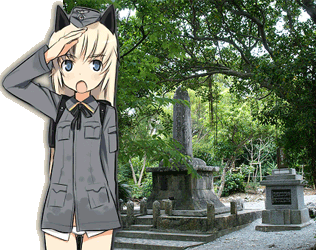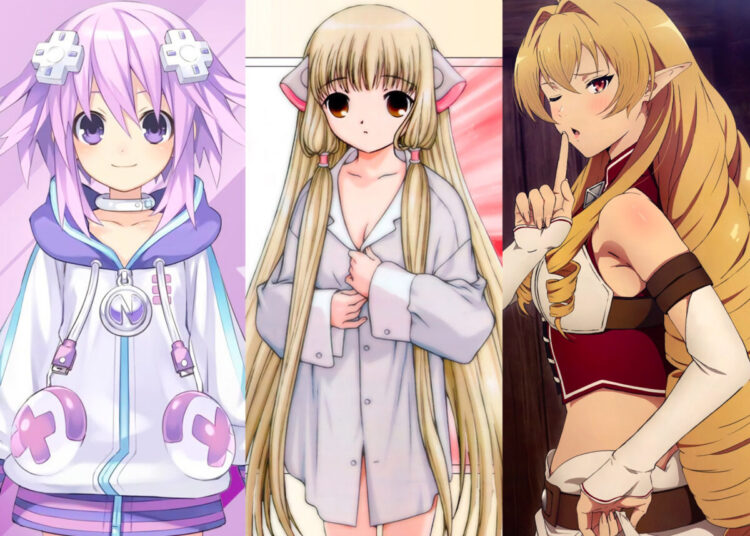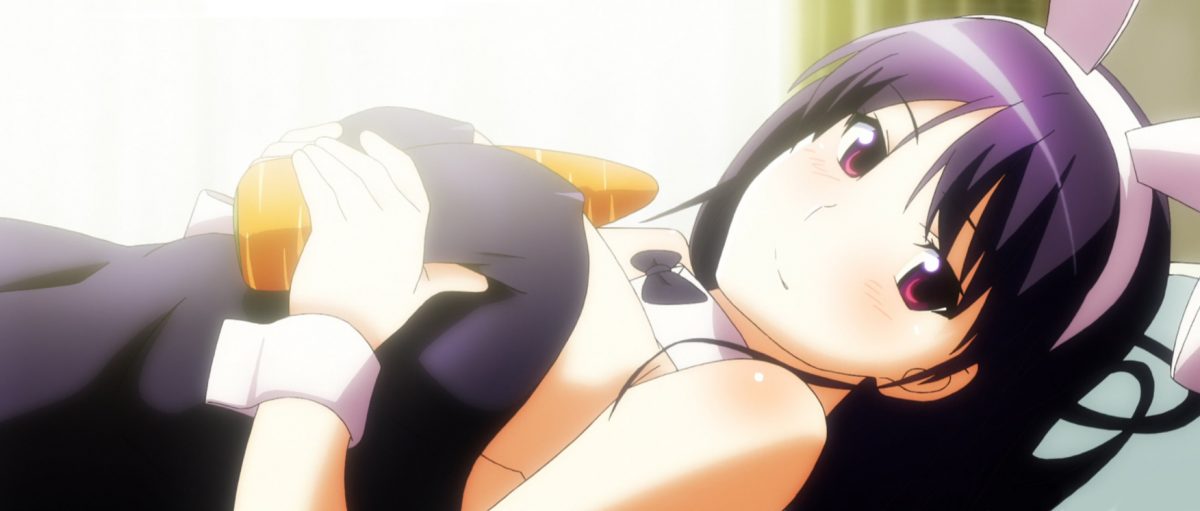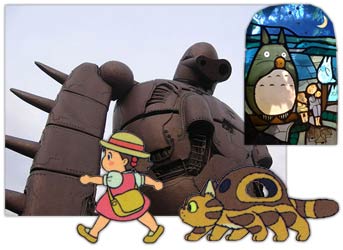We’re back from our long weekend in Okinawa. It was a fun trip, and we got a lot of relaxing in as we explored the cultural differences between the island of Karate Kid’s Miyagi-san and the rest of Japan, including sampling the local cuisine. The island’s closer cultural proximity to the U.S. has somehow caused Okinawans to love tacos, which would be unheard of on the mainland where ordering tako would get you some delicious fresh octopus. Another local favorite is root beer, which surprised me since almost every Japanese I know thinks it tastes like the muscle cream Salonpas, yet business at the A&W restaurants we saw was brisk. Like many other Pacific islanders, Okinawans love Spam, and I made sure to try a “Spam musubi” type onigiri, a favorite of President Obama’s from his days in Hawaii. One bit of culture shock we had was our inability to read any of the kanji names on signs, since they’re so different from anything you see in Japan proper — a good analogy would be a person from Boston visiting California and trying to pronounce the Spanish-derived names there. Okinawa is the poorest prefecture in Japan, and there are definitely fewer expensive cars on the road. They get sweet revenge by living longer and aging more gracefully than anyone else in the world, even the already long-lived Japanese, thanks to diets low in fat and salt, lower levels of stress and a positive, supportive community.
Since I strive to bring my half-Japanese, half-American children up to see things from the viewpoint of both cultures, we visited some of the former battlegrounds from the terrible Battle of Okinawa, a three-month conflict that killed more than 100,000 Japanese troops as well as a quarter of the civilian population of the island, an event that hasn’t earned Japan proper any love in the minds of the locals. I was especially touched by the story of the Himeyuri Lily Girls Squadron, 222 high school girls who were mobilized as nurses during a major Allied offensive. The girls were from wealthy families and had led very sheltered lives up to that point, yet suddenly they found themselves tending to hundreds of dying soldiers in makeshift hospital caves. A large number of the girls were killed during the fighting, but many who survived soon committed suicide, so great was their fear of the approaching kichiku-beihei (“beastly American soldiers”) thanks to the propaganda that they’d been subjected to. Of course, one big difference between Japan and Okinawa is that there are monuments and memorials at all — as I’ve written before, it’s very rare to see any kind of reminder of the war years in Japan, for cultural reasons that are difficult for me to fathom. About the only place you can go in Japan to pay respects to the soldiers who fought and died for their country is Yasukuni Shrine, where the bones of Japan’s worst war criminals are unfortunately also interred.


A memorial to the tragic Himeyuri Lily Girls in Okinawa; for the record, a castle in Okinawan is pronounced gusku, not shiro.














